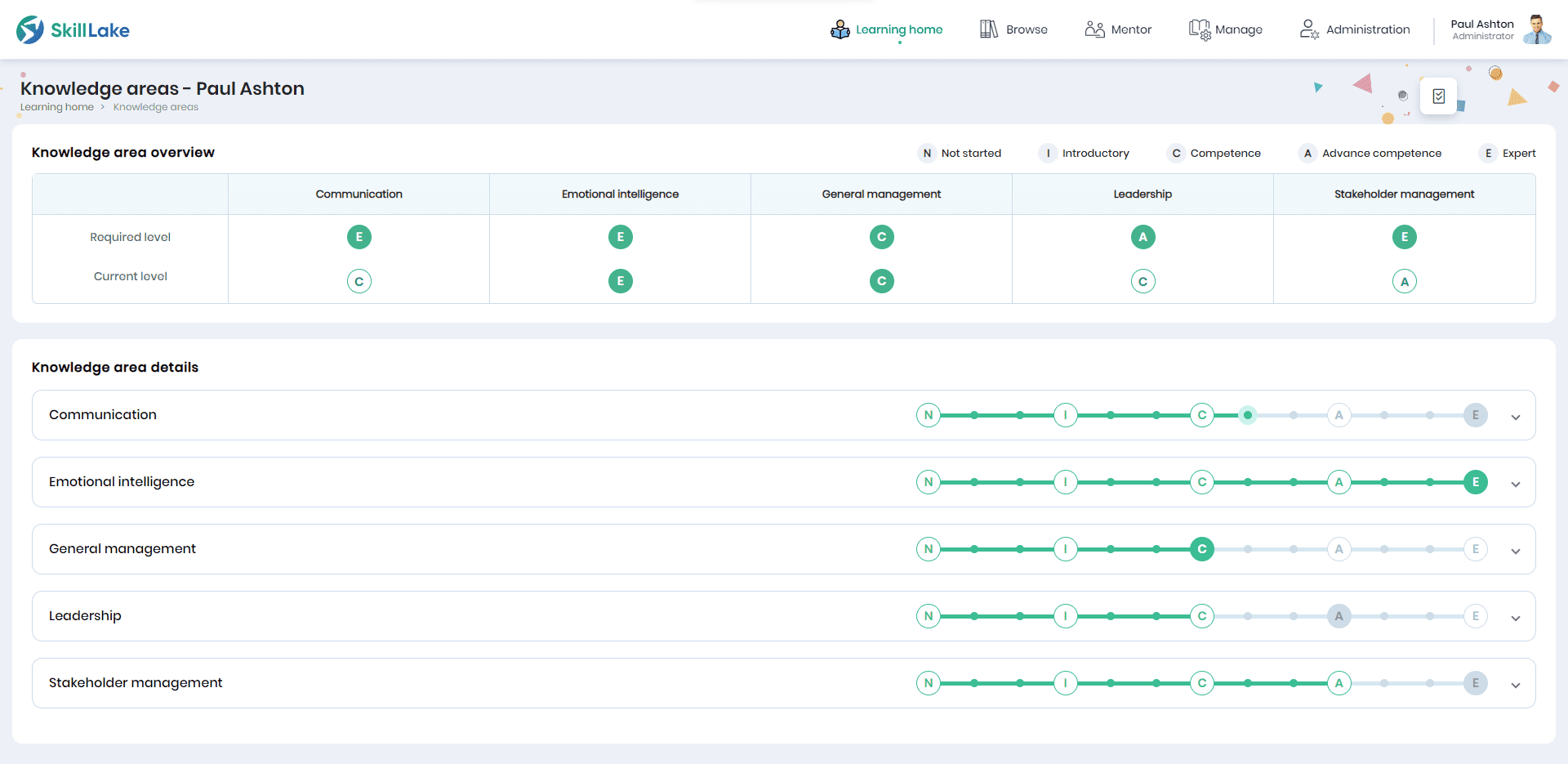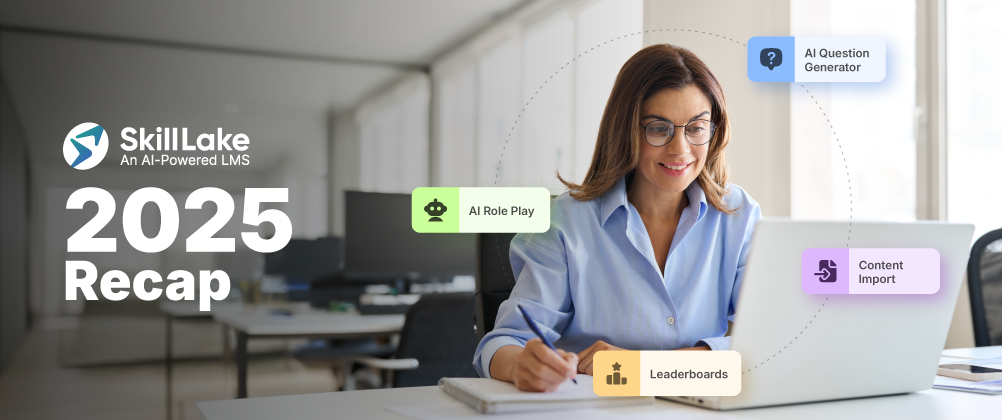The Role of People Analytics in Driving Organizational Growth

People analytics are crucial for transforming how organizations supervise their employee pool in the age of information.It helps organizations unlock the true workforce potential and has become the cornerstone of Human Resources, driving data-based decision-making in organizations.
Talent management and workforce planning capabilities are examples of how people analytics has advanced from simple HR system reports on metrics like headcount and leave data.
People Analytics emerges as a transformative tool, empowering managers and senior talent leaders to harness the power of data in their decision-making processes. The global market for people analytics reached a value of USD 2.58 billion in 2022 and is projected to expand significantly, reaching USD 7.67 billion by 2031, with a compound annual growth rate (CAGR) of 12.88% from 2023 to 2031.
Effective people analytics is now imperative in the talent competition, enabling organizations to make strategic decisions based on robust data analysis. Companies with a strong HR people analytics culture report better performance compared to competitors.
What is People Analytics?
HR analytics, also known as people analytics, is the application of data analysis to improve workforce management practices for corporate success.
Statistical analysis evaluates recruitment, performance management, and retention strategies. Johnson & Johnson’s story is a prime example of this.The organization questioned presumptions regarding staff retention with its data-driven approach. They found that recent college graduates stayed longer and performed similarly to experienced hires by looking at data from 47,000 employees.
This insight led to a strategic shift towards investing in their two-year leadership development program. As a result, they increased the hiring of new graduates by 20%, reducing turnover while maintaining performance levels.
Why are people’s analytics important?
People analytics offers numerous advantages to organizations, driving competitive edge and fostering various benefits:
-
Data-Driven Decision Making
HR can make evidence-based decisions by analyzing internal data alongside expert judgment, thereby removing biases and inconsistencies. This enhances recruiting efficiency by up to 80% and decreases attrition rates by 50%.
-
Strategic HR Interventions
People analytics combines data and organizational strategy, demonstrating how HR strategies contribute to business objectives. This earns HR a leadership position, enhancing revenue and business growth.
-
Enhanced Performance
Data-driven insights optimize performance by highlighting collaboration, workload, and diversity issues. People analytics in HR has sometimes even doubled employee output, boosting overall performance.
-
Cost Savings
Analytics helps allocate budgets effectively, showcasing the value of each dollar spent. For instance, it invests in programs that improve employee performance while cutting back on less effective initiatives.
-
Talent Management
Businesses have access to vast amounts of data produced by different apps. Talent management experts can use this information to learn more about their workforce’s interactions, feelings, and organizational culture. They can understand team dynamics, spot trends in employee satisfaction, make well-informed decisions, and enhance company culture through analytics. This data-driven strategy makes proactive talent management possible, promoting a happy workforce and constructive change.
-
Skills Gap Closure
Analytics identifies current and future skills needed, facilitating targeted upskilling of existing employees and informed recruitment to fill any skill gaps.

-
Turnover Reduction
Data and metrics pinpoint reasons for turnover, enabling tailored strategies to retain talent, such as personalized development plans.
-
Improved Recruitment
Tracking recruitment metrics helps understand hiring strengths and weaknesses, improve processes, reduce turnover, and enhance the candidate experience.
Key HR Metrics include:
- Employee Turnover Rate
- Early Turnover
- Absenteeism Rate
- Time to Hire
- Cost per Hire
- Revenue per Employee
- Employee Net Promoter Score (ENPS)
- Engagement Rating
Application areas of people analytics
Application areas of people analytics encompass a wide range of HR functions and organizational initiatives aimed at leveraging data-driven insights to enhance various aspects of workforce management and employee experience. Here’s how to implement HR people analytics for employee development and organizational growth.
Performance Measurement
Key performance indicators (KPIs) are an example for People analytics allowing HR teams and managers to evaluate employee performance to provide effective feedback. The data-driven insights will enable the team to set performance benchmarks and use the analytics to plan training programs to enhance employee performance and well-being.
Promotion and Salary Decisions
Organizations can employ data-driven approaches to ensure fairness in promotion and salary decisions by analyzing performance metrics, tenure, skills, and market benchmarks. They can identify and mitigate biases and nepotism through objective analysis of employee contributions and potential.
Attrition Understanding and Retention
People analytics allow organizations to predict and understand employee attrition factors through data analysis, such as analyzing trends related to team dynamics, job satisfaction, career development opportunities, and managerial effectiveness. The analytics help organizations to develop targeted retention strategies based on insights gained from predictive analytics to address identified attrition drivers.
Examine Employee Examination
Organizations can use the tools and internal HR surveys to understand employee engagement, performance, and feelings. This will help them use appropriate techniques to overcome any challenges.
Employee Development Measurement
- The HR team can shift focus from measuring training satisfaction to tracking comprehension and progress through data-driven analytics.
- The L&D team can customize training content and delivery methods based on predictive analytics insights. Use this data to address individual learning needs and maximize learning outcomes.
How to implement people analytics?
Getting started with People Analytics involves several key steps to ensure success.
Here’s a checklist to help you begin:
-
Assess Organizational Readiness
Evaluate if your organization is poised for People Analytics by examining its data infrastructure, leadership commitment, and HR capabilities.
-
Craft a People Analytics Strategy
Develop a clear roadmap outlining your objectives, key metrics, and desired outcomes aligned with organizational goals.
-
Establish a People Analytics Team
You need to set up a multidisciplinary team which comprises HR professionals, analytics and team managers. This team is crucial in conducting people analytics in HR research, evolution, and optimization strategies.
-
Select Appropriate Software
Choose analytics tools and platforms tailored to your organization’s size, budget, and specific requirements, ensuring they integrate seamlessly with existing systems.
-
Explore Data and Identify Key Challenges
People analytics gives you access to data to understand key challenges and make necessary changes to enhance talent retention, diversity, and performance gaps.
-
Implement Training Programs
After analyzing employee performance, feedback, and competency, the team can use it to understand skill gaps and implement training. This analytics is also helpful in ensuring that the training meets the organizational goals. Based on people analytics, it is easier to implement personalized learning paths based on employee performance, career goals, and job roles. This increases training efficacy and employee engagement.
-
Monitor Progress and Evaluate the Impact
Make necessary adjustments to your strategies to drive positive organizational outcomes. This allows you to continuously track and measure the effectiveness of your People Analytics in HR initiatives against predefined metrics.
Conclusion
Organizations can look into work behaviors and make more informed decisions for organizational development with the help of people analytics. Identifying pertinent data, keeping up with emerging trends, and setting precise goals are all important factors when implementing people analytics.
Build a culture of continuous learning with Skill Lake’s state-of-the-art people development platform. Give your employees professional training to help them excel in their job roles and propel your business to greater efficiency and success.
Start Today

Aarathy Jayakrishnan
Aarathy is an e-learning professional and enthusiast with a keen understanding of learning and development concepts. She writes insightful content, unraveling the possibilities that e-learning holds, and strives to make education open for all.